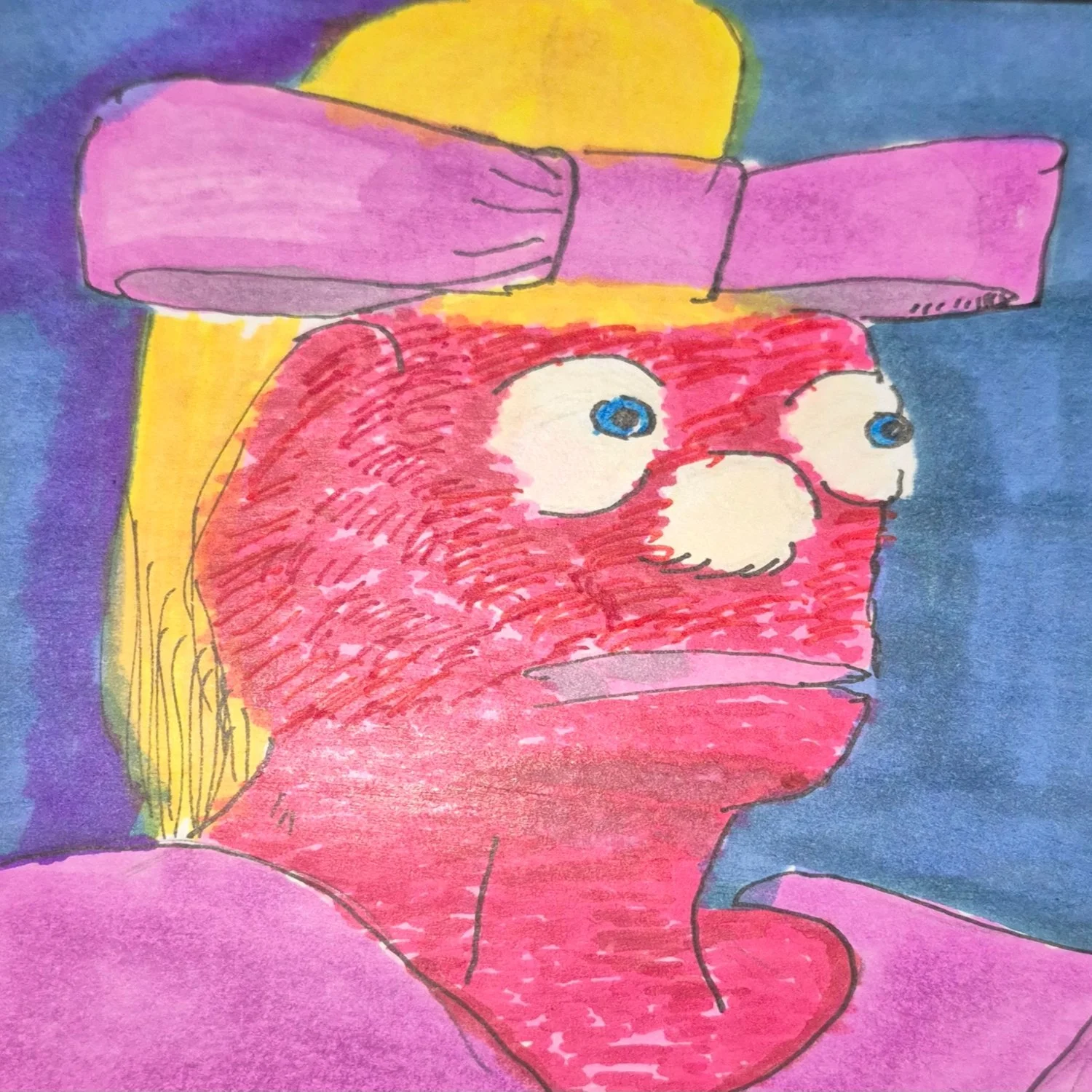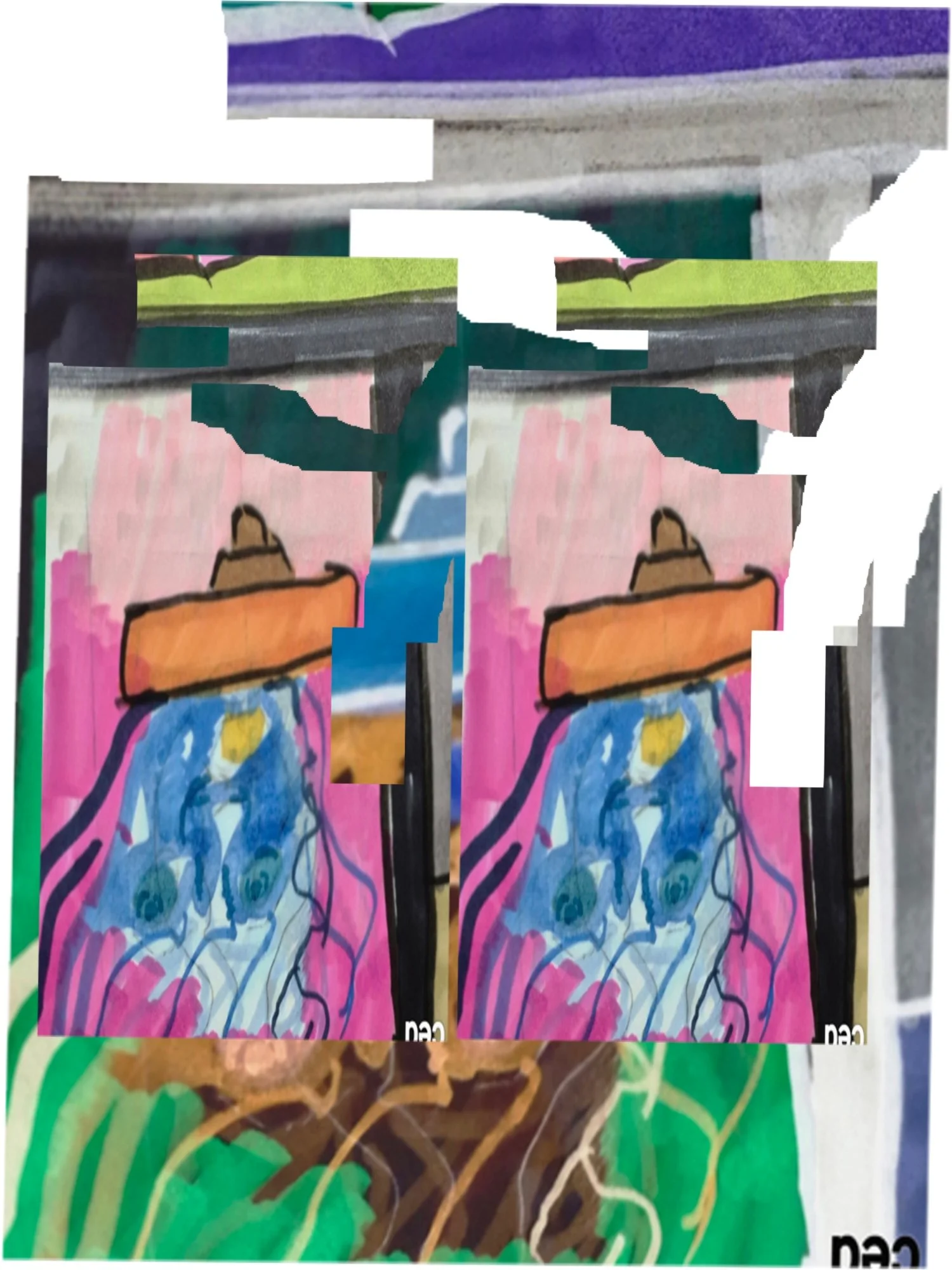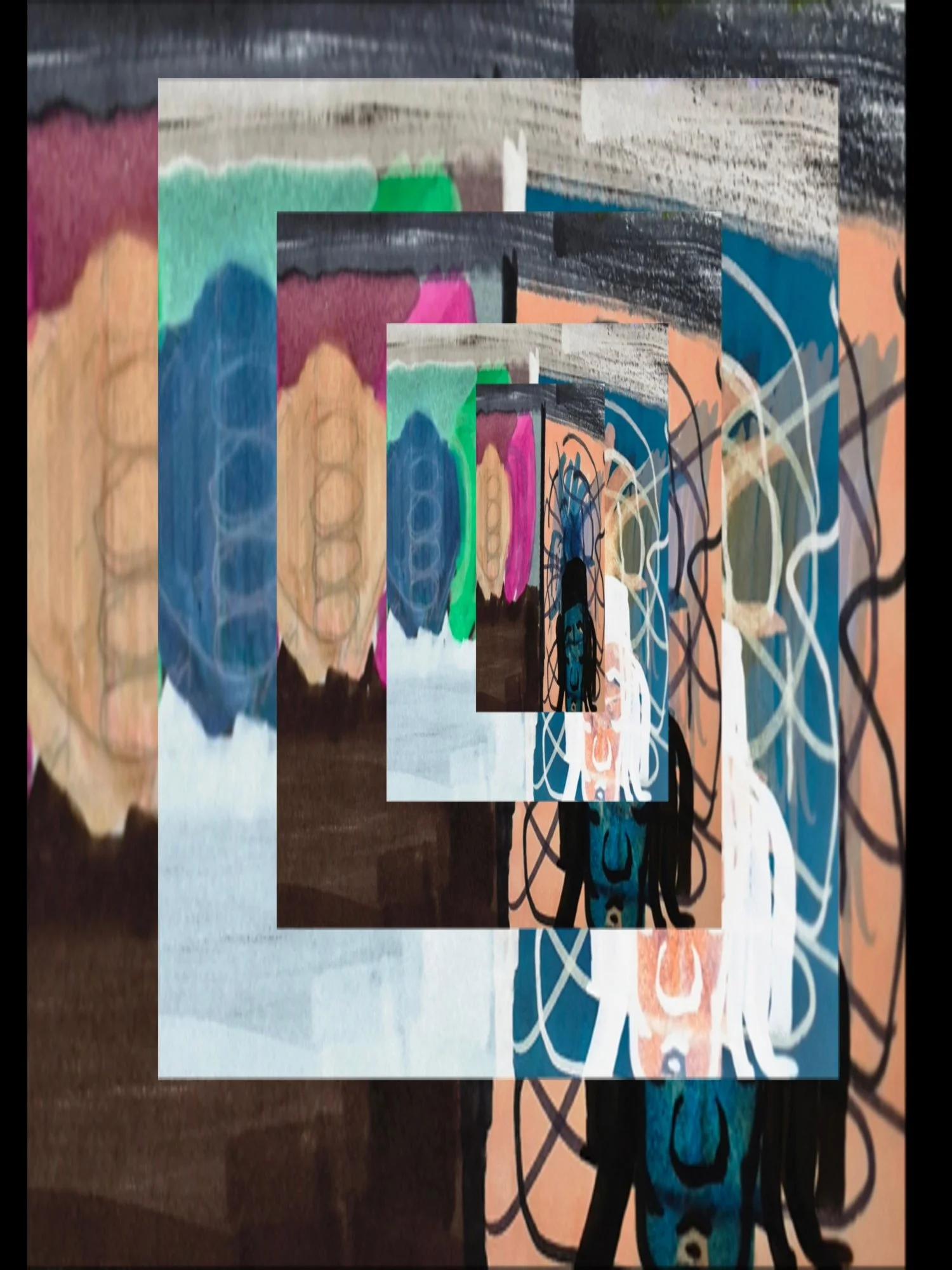Shifting the older to learn new
EMPIRIC: Welcome back, readers—today, instead of a comic strip post. The post will be… Examining the comic strip history line from its golden age beginnings to its transformation into the modern comic book medium. The data tells a fascinating story of technological, economic, and cultural shifts that fundamentally altered how the comic was consumed in sequential art history.
DUSTY: Oh, another "fascinating" decline story! Can the truth of what happened to a newspaper comic strip be told? CORPORATE GREED happened! The same destroyed everything else worth a damn in this country decided that comic strips took up too much valuable real estate. Why give artists a full page when there can be more cram-in, as in three more ads for garbage that's not a need?
BARD: Now, Dusty, while passion illuminates important truths, let it be remembered that the comic strip's evolution also represents humanity's endless creativity adapting to new forms. Like a river finding new channels, beloved sequential storytelling flowed into comic books, graphic novels, and webcomics.
BESSIE: Why read a daily comic strip when flipping through a whole comic book in ten minutes can be done? Instant gratification killed the slow burn of newspaper syndication history. Consider the waiting around for the comic to drop, and hoping the mind didn't forget the connection of the jokes.
1st puzzlement piece Shifting the older to learn new.
EMPIRIC: Turning to the first establishment of the line of history with facts. The history of comic strips begins with Richard F. Outcault's Yellow Kid in 1895, widely considered the first major American comic strip. This marked the beginning of what is now known as the Golden Age of comic strips. But here's the data that might surprise you—newspaper circulation in 1900 was only 15 million dailies. By 1930, it had grown to 40 million, largely driven by comic strip popularity.
DUSTY: The Yellow Kid - and there's the first clue about what was WRONG from the start! Even in those days, what could be a hit to the emotions, publishers thought would sell papers, was done. But hey, at least back then. It was ADMITTED what was being done instead of hiding behind focus groups and market research! And get this—newspapers actually PAID artists decent money back then because comics SOLD papers! Joseph Pulitzer paid Outcault $150 a week in 1896. Let that amount be adjusted for today's money? Over $5,000 a week!
BARD: Yet from those imperfect beginnings grew beautiful art forms. The Sunday funnies became family traditions, bringing generations together over breakfast tables. Think of Little Nemo's dreamscapes or Krazy Kat's surreal poetry - vintage comics that elevated the medium beyond mere entertainment. Consider this: families gathered around one newspaper, experiencing the same story simultaneously. When was it all lost… that shared cultural rhythm?
BESSIE: Sure, families gathered around comics because the newspaper was the biggest part of entertainment, so had to. No Netflix, no smartphones, no choice. The early comic strips were appointment viewing because there was nothing else to view. But here's what's interesting—those families were doing something that is lost. Practicing delayed gratification. Waiting 24 hours for the next Gasoline Alley installment taught patience in ways the current instant-access culture can't understand. The same can be said for hanging out with friends and seeing the blooper without a perfect edit to it.
2nd puzzlement piece: Shifting the older to learn new.
EMPIRIC: The data shows peak circulation during this era. Famous comic strips like Dick Tracy, Little Orphan Annie, and Flash Gordon dominated cultural conversation. Comic strip development reached unprecedented sophistication in both art and ropes. By 1950, newspaper circulation hit 54 million daily, and surveys showed 75% of readers turned to comics first. More fascinating, merchandise sales from comic strip characters generated $100 million annually by 1955.
DUSTY: And THAT'S when the vultures started circling! Publishers saw the money rolling in and thought, "Hey, why split profits with newspapers when the cut out of the middle leaves more?" Comic books promised BIGGER profits with LESS hassle. No daily deadlines, no space restrictions, no editorial interference from newspaper editors! But here's the kicker. Comic strips were created by BRANDS. Little Orphan Annie wasn't just a comic, it was radio shows, toys, and decoder rings. The money wasn't in the strips anymore—it was the EMPIRE!
BARD: But consider the beautiful symbiosis that existed - newspaper comics history shows how strips like Peanuts or Calvin and Hobbes became cultural touchstones, discussed in philosophy classes and psychology journals. The daily format created intimate, ongoing relationships between readers and characters. Think about this metaphor: comic strips were like jazz clubs in the 1950s—intimate, regular gathering spaces. Comic books became arena concerts—spectacular but lacking daily intimacy.
BESSIE: Intimate relationships that lasted until a reader realized. Go and get the fix faster elsewhere. Why wait for Charlie Brown to kick the football over six months when there was a speed through of seeing Spider-Man save New York in 22 pages? But is it known what was really lost? The serendipity. Discover a new comic strip while reading about city council meetings. Comics weren't entertainment silos; it was woven into life's daily fabric.
3rd puzzlement piece: Shifting the older to learn new.
EMPIRIC: Expanding our view globally reveals fascinating contrasts. While American newspaper comics declined, Japan's manga maintained serialized storytelling through magazines like Weekly Shonen Jump, selling 6 million copies weekly at its peak. France's Bande Dessinée elevated graphic storytelling to literary status. The question emerges: why did different cultures preserve different aspects of sequential art?
DUSTY: Because those countries didn't let CORPORATIONS completely gut their media landscape! Japan kept manga affordable and accessible—buy a phone book-sized magazine for pocket change. France treated comics like literature from the start, not just kid stuff. Meanwhile, America? Newspapers die, and comic books become $4 pamphlets that take five minutes to read!
BARD: Perhaps each culture preserved what was most valued. Japan maintained the serialized addiction—the need to know what happens next week. France elevated the artistic vision—comics as an auteur expression. America...chose spectacle and corporate brands. Each path reflects deeper cultural values about telling a rope, community, and art.
BESSIE: Or maybe each culture just followed the money trail that made sense for the market. Japan had a commuter train culture, perfect for weekly magazines. France had an intellectual café culture, ideal for graphic novels. America has a suburban shopping culture, with comic book shops in strip malls. The format followed the lifestyle, not some grand artistic vision.
4th puzzlement piece: Shifting the older to learn new.
EMPIRIC: Multiple factors contributed to the shift. Comic strip milestones became fewer as newspaper space decreased, production costs increased, and graphic storytelling found more profitable venues in comic book format. Here's the shocking data: newspaper circulation peaked at 62 million in 1990, then crashed to 24 million by 2020. Since 2008, 166 newspapers have died entirely.
DUSTY: Here's what happened - and this is where it gets UGLY. Newspapers started dying because they refused to adapt to television and later the internet. Instead of innovating, the writers were TERRIFIED, rushed articles, and started cutting everything that made the newspaper worth reading. Comic strips were just collateral damage in the war against newspaper obsolescence! But ask this: what if newspapers had created interactive Sunday comic sections? What if it developed comic strip apps before webcomics emerged? The death wasn't inevitable—it was incompetence!
BARD: Yet this transition wasn't entirely tragic. The comics medium evolved, allowing creators unprecedented freedom. Illustrated narratives could explore complex themes over multiple issues rather than being constrained by the daily three-panel format. Think of Watchmen or Sandman - stories that could never have existed in newspaper format. But here's the paradox: gained artistic freedom while losing cultural communion. Is individual creative expression worth the loss of shared cultural moments?
BESSIE: Freedom's a nice wording for "Can charge 50 cents for what used to cost a nickel with the news and classifieds and bird cage liners." Comic books didn't replace comic strips because of were better. The profit was seen, and it was made to be more. But here's what's funny—Scott Adams made millions from Dilbert even as newspapers declined because surviving papers consolidated comic rights. The ecosystem was more complex than simple decline narratives suggest.
5th puzzlement piece Shifting the older to learn new.
EMPIRIC: Current analysis reveals a fascinating contradiction. Digital platforms appear to democratize the comic creation of a webcomic instantly. Yet creator testimonies suggest new barriers. Modern cartoonists must become marketers, social media managers, and business operators. Is it simply shifting burdens from corporations to individuals?
DUSTY: "Democratization" is corporate speak for "Don't want to pay anymore, so figure it out!" Sure, it can come from anywhere can make a webcomic now, but do add the “Try LIVING off it!” thinking. At least newspaper syndicates provided steady paychecks, marketing, and professional support. Now, creators work for "exposure" and beg for Patreon donations. That's exploitation with extra steps!
BARD: But considering the gains, creators now have direct relationships with the audiences. No syndicate gatekeepers decide what's acceptable. Diverse voices that newspapers would never have published can find a community. Yes, the financial model is challenging, but artistic authenticity has never been higher. The question becomes: Is creative freedom worth financial instability?
BESSIE: Creative freedom doesn't pay rent. And here's the thing—for every successful webcomic creator, thousands are getting three likes and zero comments. The old system had fewer winners, but the winners could make a career. Now it is all can play, but almost no winning big enough to matter.
EMPIRIC: Current print comics circulation data shows a continued decline in newspaper strips while comic book sales have experienced periodic revivals. Comic art history now includes web comics, digital platforms, and graphic novels as dominant forms. But here's an intriguing development: TikTok comics, Instagram story narratives, Twitter comic threads—are these the true successors to newspaper strips? Be it episodic, regular, or embedded in daily digital routines.
DUSTY: And now the ULTIMATE irony – comics made on paper are read on phones and tablets, paying monthly subscriptions for what was once gotten for free! But is it known what's really happening? Social media platforms are doing what newspapers should have done twenty years ago—making comics part of the daily scroll experience. Only now the money goes to Silicon Valley instead of local journalism!
BARD: But think of the democratization this represents! Creators no longer need syndicate approval or printing presses. Webcomics allow direct artist-to-reader relationships, and the best still capture that daily ritual magic of traditional strips. Consider this metaphor: newspaper comics were like soap operas, building relationships through time. Comic books became blockbuster movies—concentrated impact without daily intimacy. Now digital comics can be both, depending on the creator's vision. Granted, the work here turned from the daily to the weekly. The magic is still there.
BESSIE: Democratization is a fancy word for "The production may not be Charles Schulz." At least now when comics suck, weeding of the comic is easy to happen. The website depends on traffic rather than a received amount of complaints to the editor. But here's what is troubling: lost the surprise factor. Used to discover comics accidentally while reading news. Now it’s a keyword and search hunting. Having to actively seek a comic strip out. The serendipity is gone.
EMPIRIC: Psychological research reveals that daily comic strips trained readers in delayed gratification—investing in characters over months and years. This mirrors broader cultural shifts. Moved from appointment television to binge-watching, from slow cooking to fast food, from letter writing to social media. The comic strip decline reflects a fundamental transformation in how living related to the times.
DUSTY: Exactly! And the BENEFITS of destroying our attention spans? The same corporations that killed newspapers! WANTED the addiction to quickness because that's easier to monetize. Daily comic strips taught patience, continuity, the value of long-term investment in relationships, even fictional ones. That's dangerous to a consumer culture built on constant novelty!
BARD: Yet perhaps this reflects human nature adapting to information abundance. When there were three TV channels, could afford the wait for weekly episodes. When there are infinite entertainment options, attention becomes a scarce resource. Maybe the question isn't whether this change is good or bad, but how it preserves meaningful long-term yarn telling within new attention frameworks to be more.
BESSIE: Or maybe what is deserved? A culture that can't wait to get. Not the instant gratification comics it demands. But the irony is spending hours scrolling through hundreds of forgettable memes instead of five minutes with one memorable comic strip. It’s a loss or just a time filler till the doc calls for the next waiting rooming.
EMPIRIC: The pose for the questions that might reframe our entire discussion: Are there rose glasses or romanticizing the past? For every Calvin and Hobbes, newspapers also carried dozens of forgettable strips that continued running purely through inertia. Did the newspaper system preserve both the best and worst comics artificially? And crucially, what aspects of comic strips were truly essential, and where are the comics to be found with those qualities today?
DUSTY: Those are the RIGHT questions! But here's another one, what if the GOOD stuff survived and the crammed in got filtered out? Maybe the internet's brutal attention economy actually does what newspaper editors were too cowardly to do—kill boring comics quickly! At least online, quality eventually finds its audience without some syndicate suit deciding what 200 newspapers should run.
6th puzzlement piece Shifting the older to learn new.
BARD: Consider this possibility: the newspaper comic strip as a specific format died, but its DNA lives throughout modern visual culture. The daily ritual appears in social media comics. The shared cultural experience emerges in viral comic formats. The intimate creator-reader relationship grows stronger through direct digital connections. Perhaps we're not witnessing death but metamorphosis.
BESSIE: That's a pretty way to say the old thing died and new things took its place. But is it known what? Maybe that's okay. Maybe every generation needs to kill entertainment forms to make room for new ones. The question is whether the new stuff is better or just... newer.
EMPIRIC: The question remains: did comic strips evolve into comic books, or was the replacement the comic book? The evidence suggests that both cartoon panels and sequential art concepts migrated to new formats while traditional strips declined. But perhaps it’s the wrong question being asked. Instead of "evolution or extinction," perhaps it should be asked: "What made comic strips valuable, and how does it get preserved? Qualities while embracing new possibilities?"
DUSTY: The comic strip was MURDERED, plain and simple! Newspapers killed the panels for ad space, comic book companies buried the corpses, and now, in the discussion, it is pretending to say it was all change or it was all-natural evolution. It's like saying the dodo bird "evolved" into extinction! But being honest, maybe some things SHOULD die if they can't adapt. The question is whether anything worthwhile survived the transition.
BARD: Perhaps the spirit of comic strips lives on in new forms - from manga to memes, from graphic novels to animated series. The comic strip timeline didn't end; it branched into countless new possibilities. Like a river delta, the original stream split into multiple channels, each serving different needs. The format died, but the essence—sequential visual storytelling that creates ongoing relationships—lives everywhere.
BESSIE: Or maybe. Just for this post. A culture that can't wait for daily storytelling gets the instant gratification comics it demands. The timeline hasn’t changed, but here's the real question: now that it is known what was lost, can it make a choice to get some of it back?
EMPIRIC: The data shows transformation, not simple decline. Sequential art thrives in new forms, reaching audiences the newspaper strips never could. The evolution of newspaper comics reflects broader changes in media consumption, technological advancement, and cultural priorities. Whether the transition from comic strips to comic books as progress or decline depends largely graphic rope telling—and perhaps more importantly, what is valued in attention, patience, and shared cultural experience. Thanks for the read and support of the site, always grateful.










